Company mergers and acquisitions (M&A) are complex endeavors that can bring numerous benefits, such as expanded market reach and increased competitiveness. However, they also introduce a host of challenges, particularly when it comes to managing and integrating data from both organizations. Data governance and data quality become paramount in ensuring the success of these endeavors. In this blog, we’ll explore the significance of data governance and data quality during company mergers and how Snowflake, a cloud-based data platform, can play a pivotal role in addressing these challenges.
The Importance of Data Governance and Data Quality
Maintaining Data Consistency: In any merger, there’s a need to integrate data from multiple sources. Data governance ensures that data definitions, standards, and processes are consistent across both organizations. Inconsistent data can lead to confusion, errors, and inefficiencies in decision-making.
Data Security and Compliance: Companies often handle sensitive customer data and proprietary information. A robust data governance framework ensures that data security and compliance with regulations like GDPR and HIPAA are upheld, mitigating legal and reputational risks.
Efficient Decision-Making: High-quality data is essential for making informed decisions. Data quality measures like accuracy, completeness, and timeliness ensure that the data used for analysis and decision-making is reliable.
Avoiding Costly Mistakes: Poor data governance and data quality can lead to costly errors and misjudgments during the merger process. These mistakes can impact the bottom line and damage the reputation of the newly merged entity.
How Snowflake Can Assist in Data Governance and Data Quality
Snowflake, a cloud-based data platform, is designed to address the challenges of data governance and data quality in M&A scenarios. Here’s how Snowflake can be of assistance:
Scalable Data Storage: Snowflake provides scalable data storage, allowing organizations to accommodate the influx of data from both merging companies efficiently. Its architecture separates storage from compute, providing flexibility in handling varying data volumes.
Data Sharing: Snowflake’s Data Sharing feature facilitates controlled sharing of data between organizations. This feature ensures that both entities can access the necessary data without compromising security or data governance.
Data Governance Features: Snowflake offers robust data governance capabilities, including data lineage, access control, and auditing. These features help maintain data integrity, track changes, and ensure compliance with regulatory requirements.
Data Quality Tools: Snowflake integrates with various data quality tools and allows for the implementation of data validation checks. This ensures that data ingested into the platform meets predefined quality standards.
Collaborative Workspaces: Snowflake’s collaborative workspaces enable teams from both organizations to work together seamlessly on data integration and analysis. This fosters collaboration while maintaining data security.
Data Integration: Snowflake supports a wide range of data integration options, including ETL (Extract, Transform, Load) processes, enabling smooth data migration and transformation during the merger.
In the ever-evolving landscape of business mergers and acquisitions, data governance and data quality play a pivotal role in ensuring a successful transition. Snowflake, with its cloud-based data platform and comprehensive set of features, offers a powerful solution for managing data effectively during a merger. By maintaining data consistency, security, and quality, organizations can make informed decisions, avoid costly mistakes, and unlock the true potential of their newly merged entity. In the fast-paced world of M&A, leveraging Snowflake can be the key to a seamless and prosperous integration.
